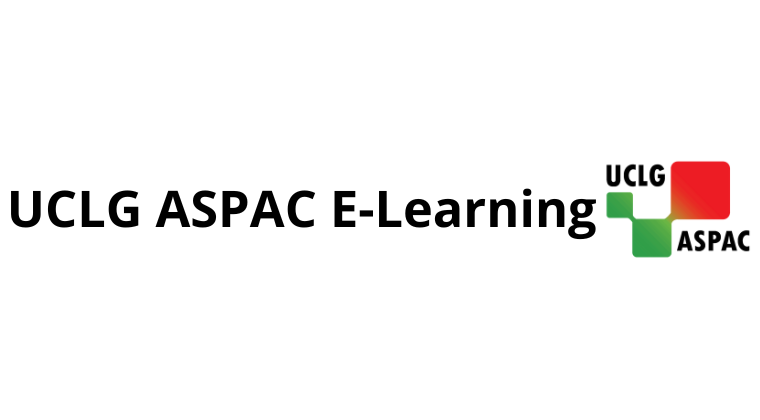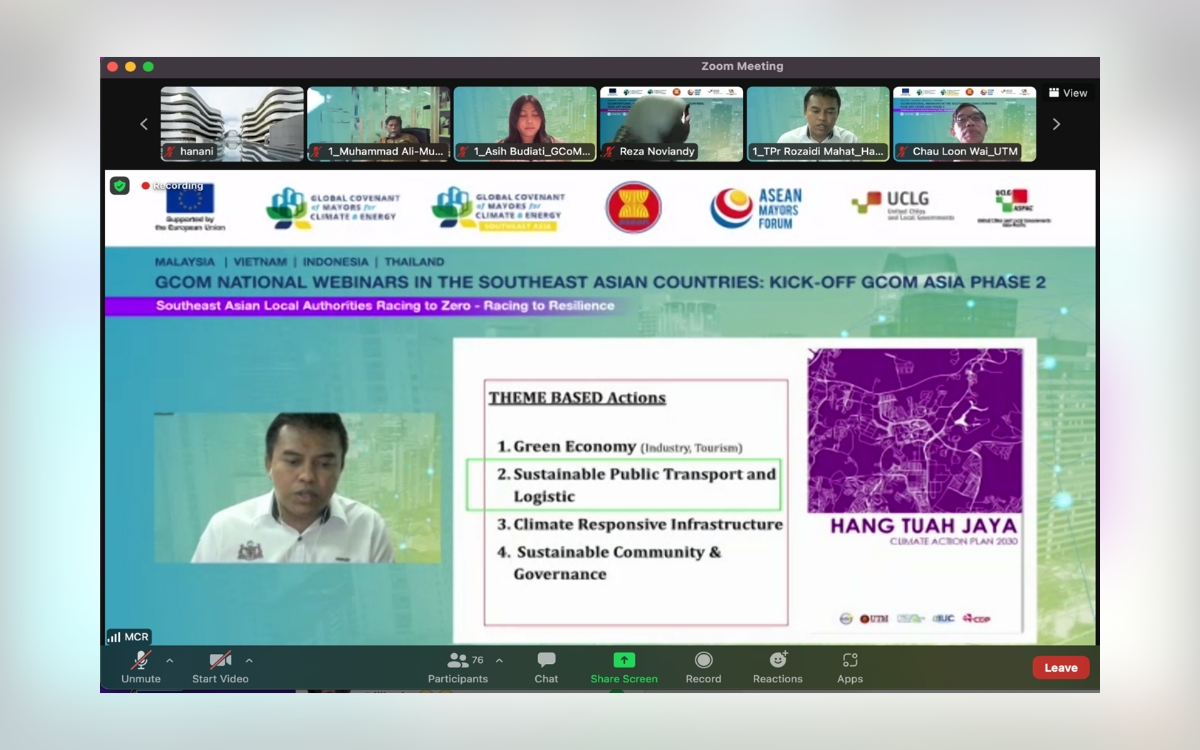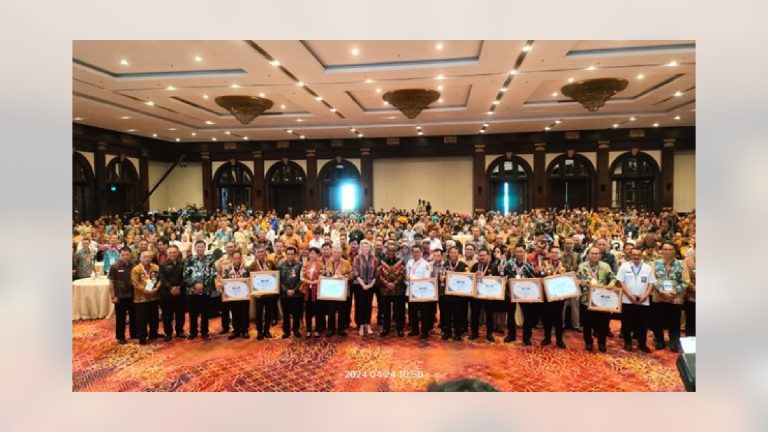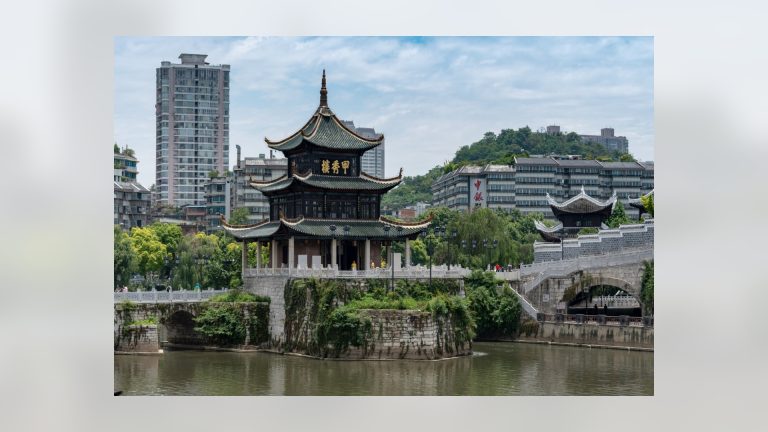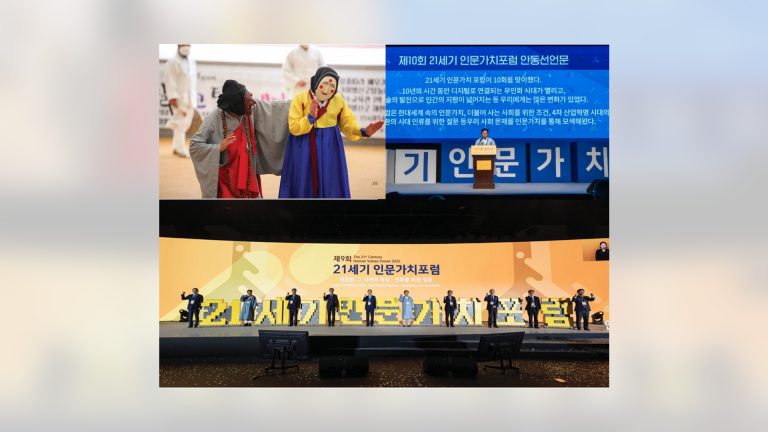Nowadays, population growth and development in cities are increasing rapidly. It is followed by the greater GHG (Greenhouse Gas) emissions which is affecting the environment and it significantly impacts climate change. This situation is very apparent in the Asia Pacific region. The Asia-Pacific region emits more than half of the world’s greenhouse gas emissions and is one of the most rapidly developing regions of the world, with a significant proportion of the global population. And it is home to most of the world’s low-lying cities and vulnerable small island states. Highlighting the urgency to limit global warming under 1.5 degrees is one of the main climate action agenda of local governments in the region, which comprises many urbanised cities.
That fact alone has exposed Asian urban cities to the dangers of climate change because of specific geographical characteristics and being in such close proximity to nature. On 17 January 2022, UCLG ASPAC as the Global Covenant of Mayors (GCoM) Secretariat for Southeast Asia and Lead Coordinator for the GCoM Global-Regional Coherence, initiated Malaysia national webinar with the theme “Collaborative Climate Action in Malaysia for Implementation of GCoM Asia Phase 2” as part of ASEAN City Leaders Dialogue event that was held by UCLG ASPAC under the ASEAN Mayors Forum framework. This webinar discussed climate action taken by several cities and municipalities in Malaysia as the pilot project of GCoM project in Southeast Asia. A number of cities were invited to share and present the climate action plan on mitigation and adaptation towards zero emission by 2050.
Hang Tuah Jaya City – Mr. Rozaidi bin Mahat , Representative of Hang Tuah Jaya Municipal Council:

Hang Tuah Jaya has a strategic location, which is in the middle of Kuala Lumpur & Singapore. It makes Hang Tuah Jaya City become a transit place. As a result Hang Tuah Jaya faces an issue between local citizens and tourists. Furthermore, the transport sector is the second highest contributor to carbon emission in Hang Tuah Jaya. With the initiative on sustainable public transport, it is expected that Hang Tuah Jaya is able to lower emission/footprint and promote eco-healthy lifestyle, which will be beneficial to attract private investment.
Tawau City – Mr. Muhammad Ikhsan Wahap , Representative of Tawau Municipal Council:
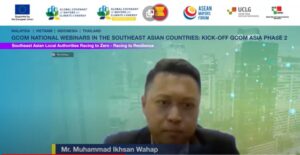
This programme is also aimed to promote public transport which is improving the modal split and improving the quality of bus service. To improve the quality of bus service Tawau is expanding the city’s bus network and providing online bus real time information.
Muar City – Mr. Muhammad Ali Tukiman , Representative of Muar Municipal Council:

The Renewable Energy Park will benefit to reduce GHG emission and become a new source of Muar’s income.
Malaysian Association of Local Authorities (MALA) – Ms. Noraini Roslan , Representative of MALA:

MALA addressed that cities are not quite ready about their climate action plan. The most important of climate action is to have concrete actions. Translating a plan into an actionable plan should be the concern. We need to translate the local plan into specific actions to follow Malaysia’s commitment in reducing emission by 40% in 2030. There are a few steps to reach that goal which are: 1) identifying the problem, 2) realising the plan one that is actionable, 3) collaboration and partnership, and 4) monitoring and evaluation.
Disclosure Insight Action (CDP) – Ms. Sandy Morris , Representative of CDP:

Ms. Sandy Morris from CDP highlighted that the key objectives of climate action are mitigation and adaptation. This can be executed through collaboration and partnership. “We need to combine forces to the process, by leveraging knowledge or experience from a range of local, national and international stakeholders.”
This national webinar ended by highlighting key messages that we need to act NOW, with REAL action that takes partnerships and collaborations from all parties.
By KM Team



